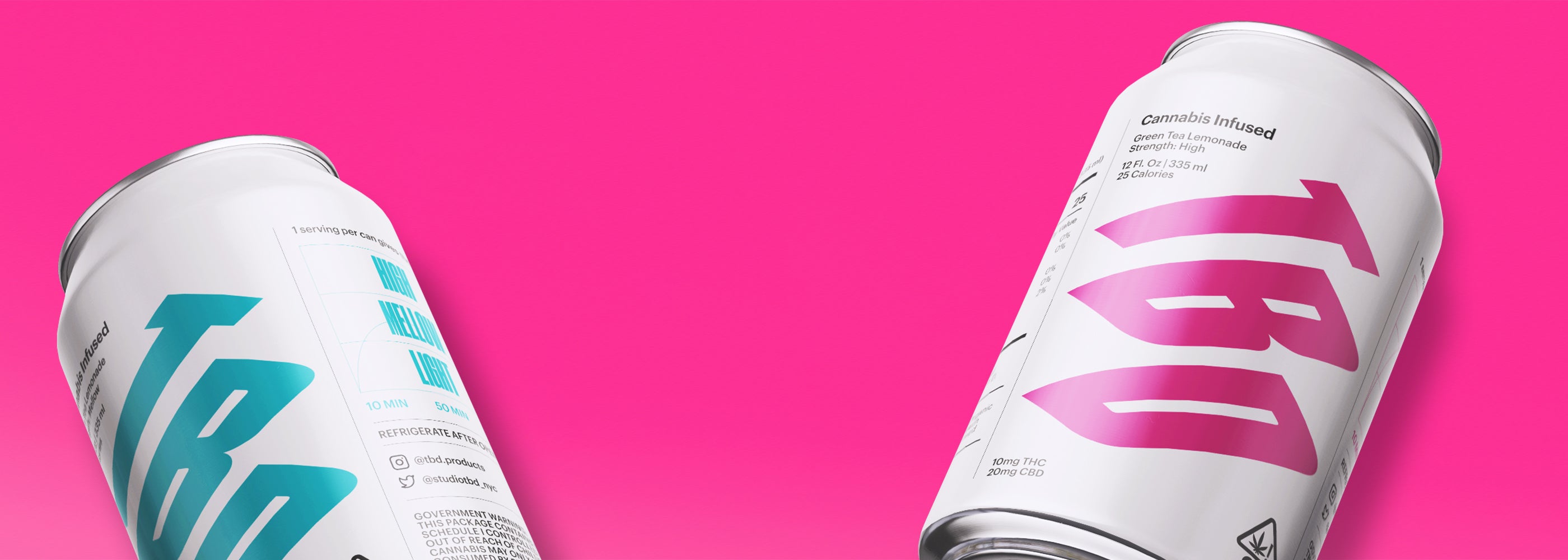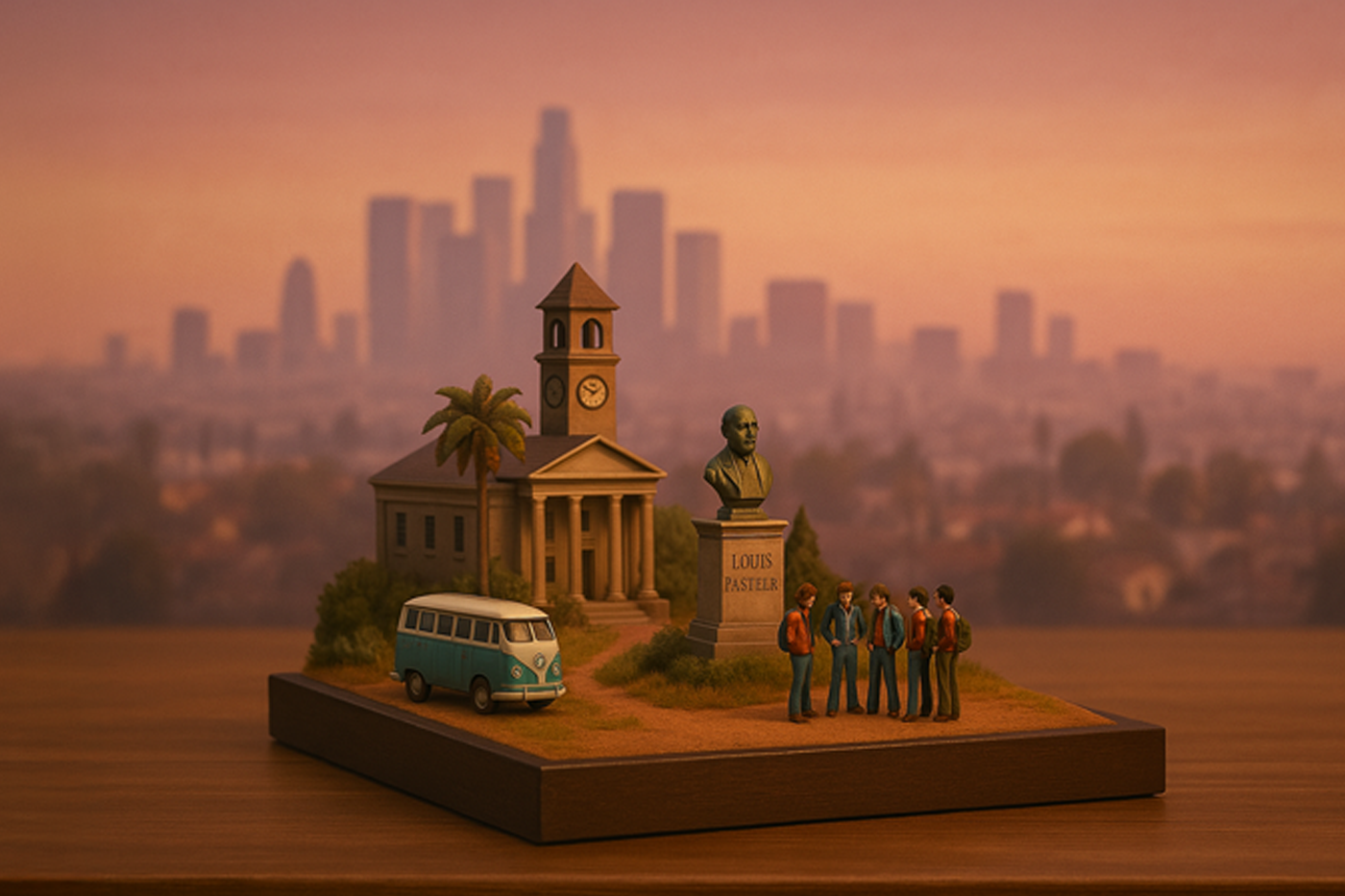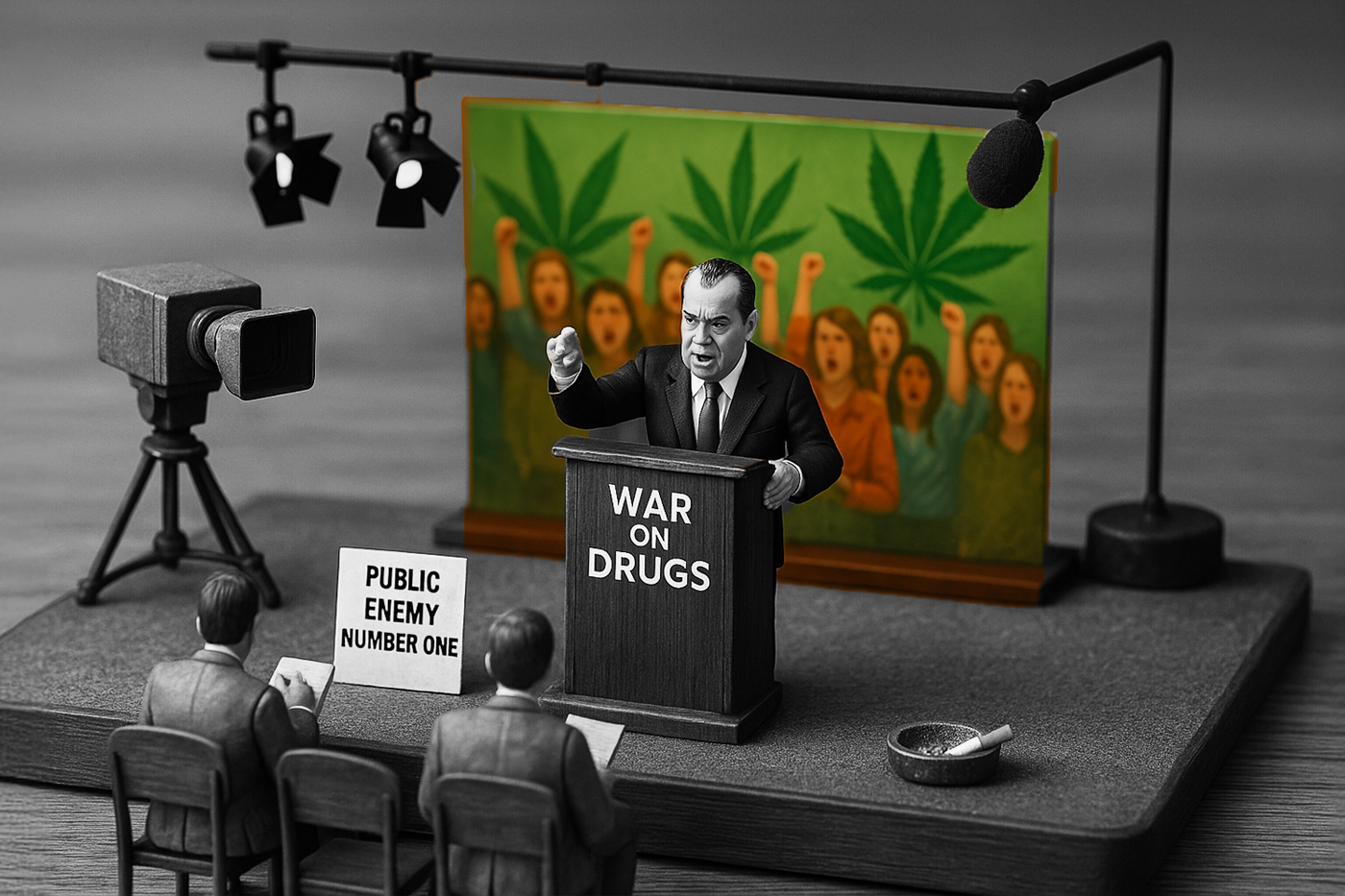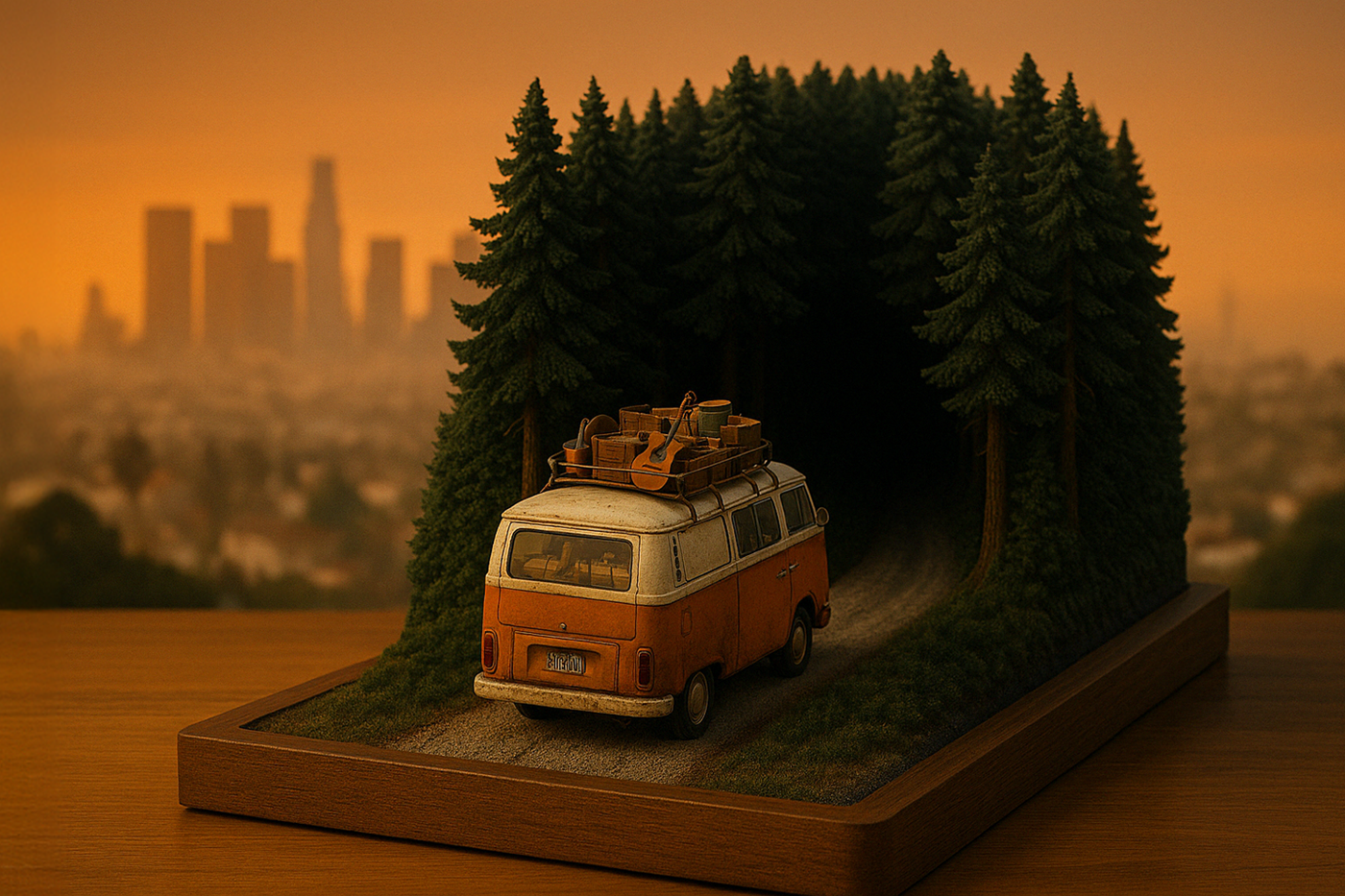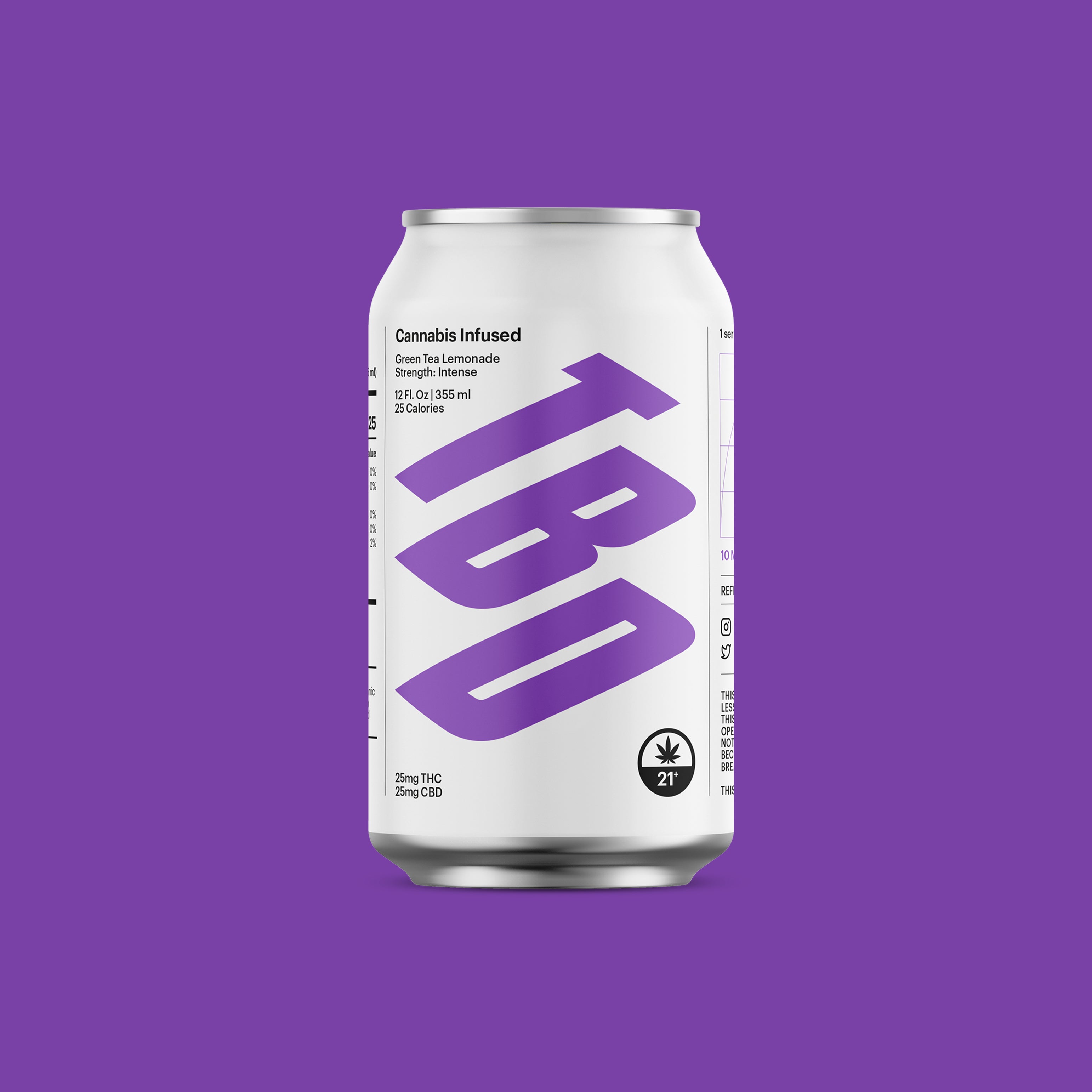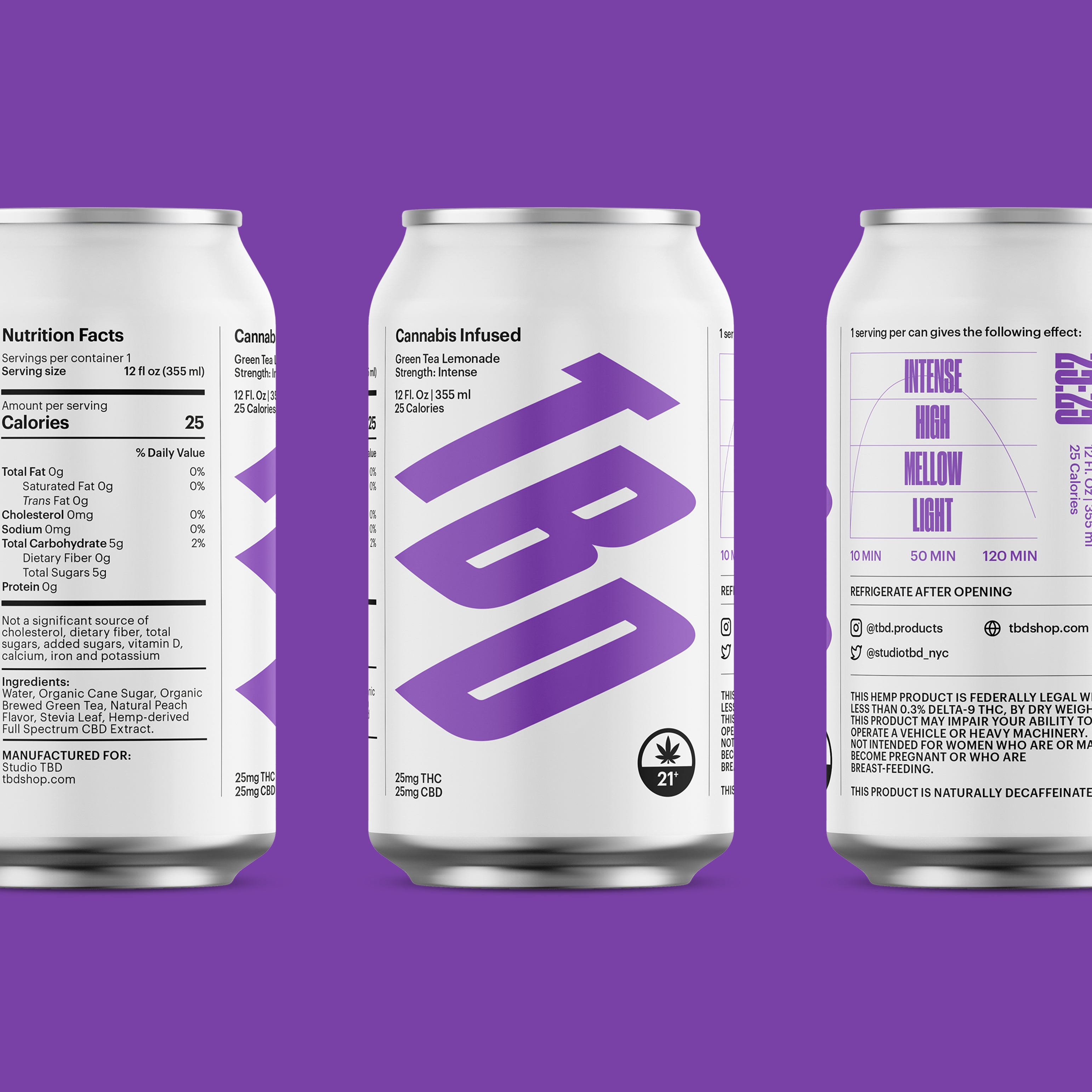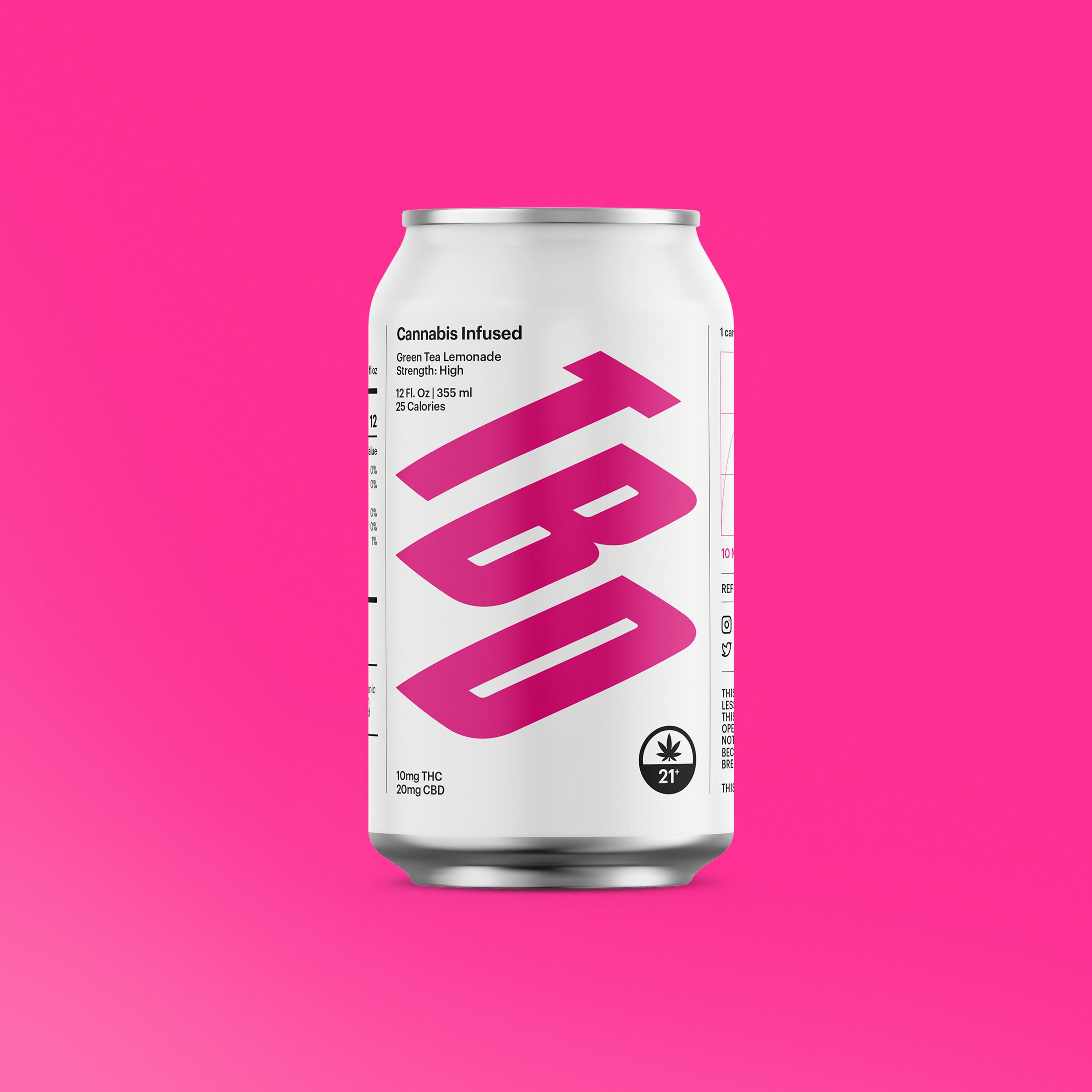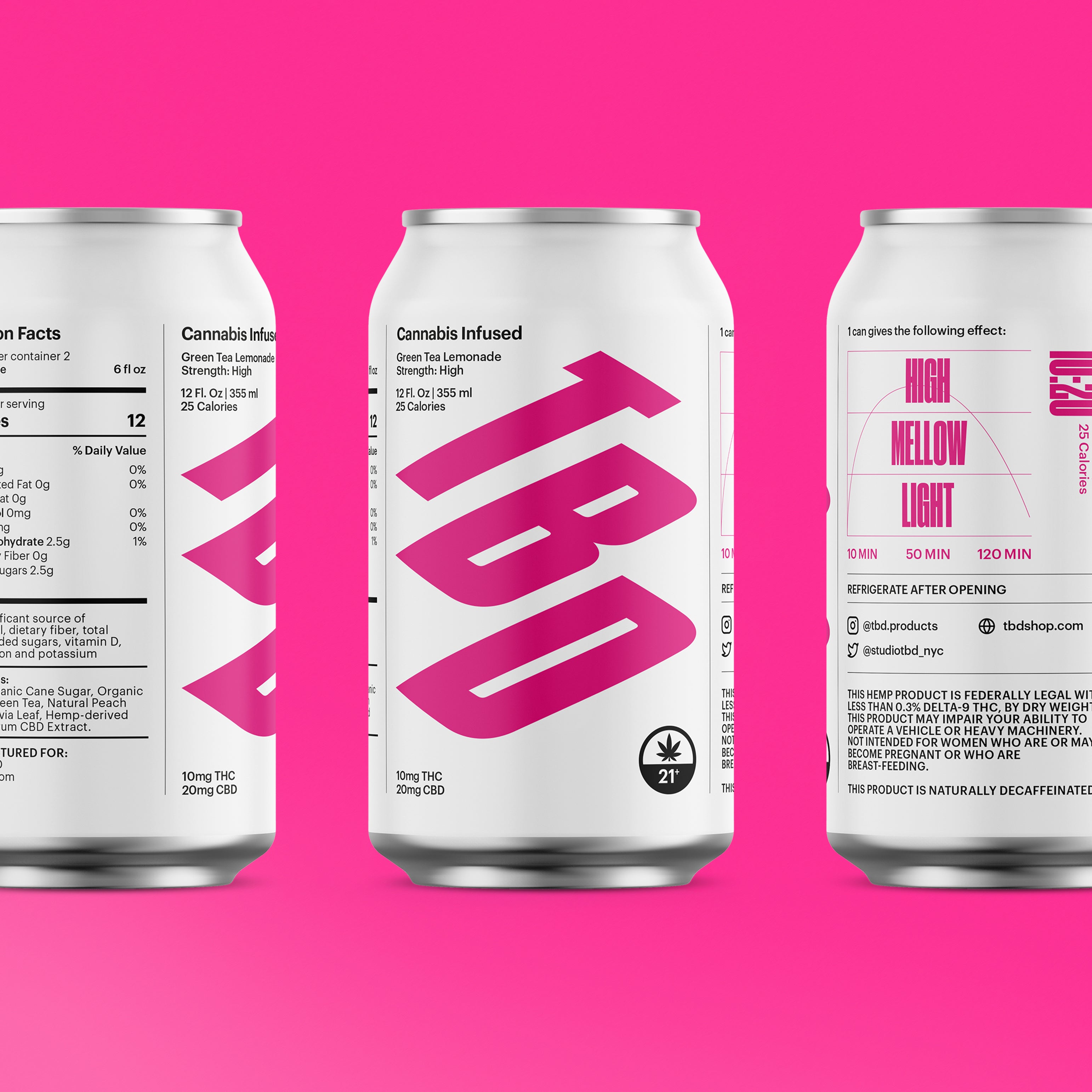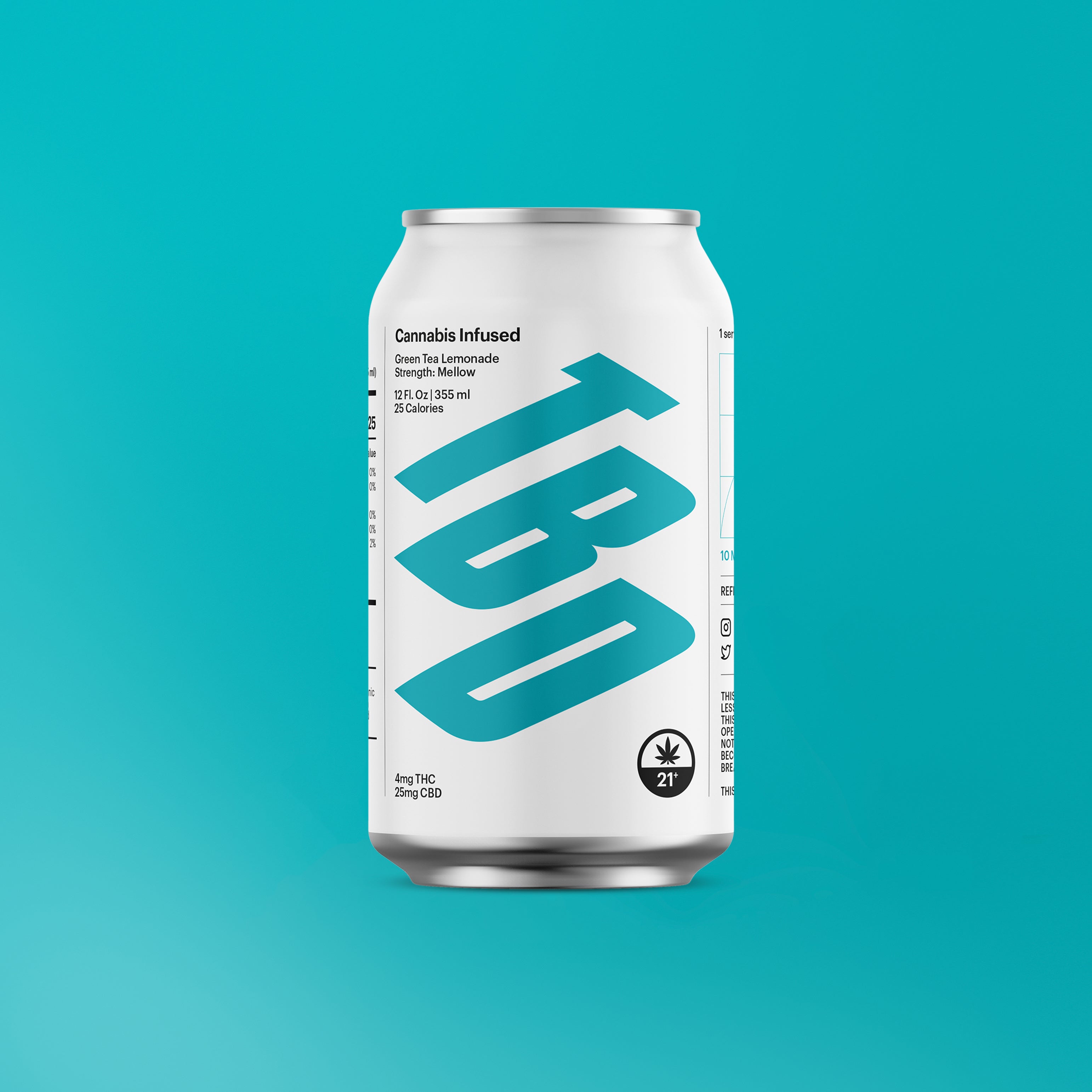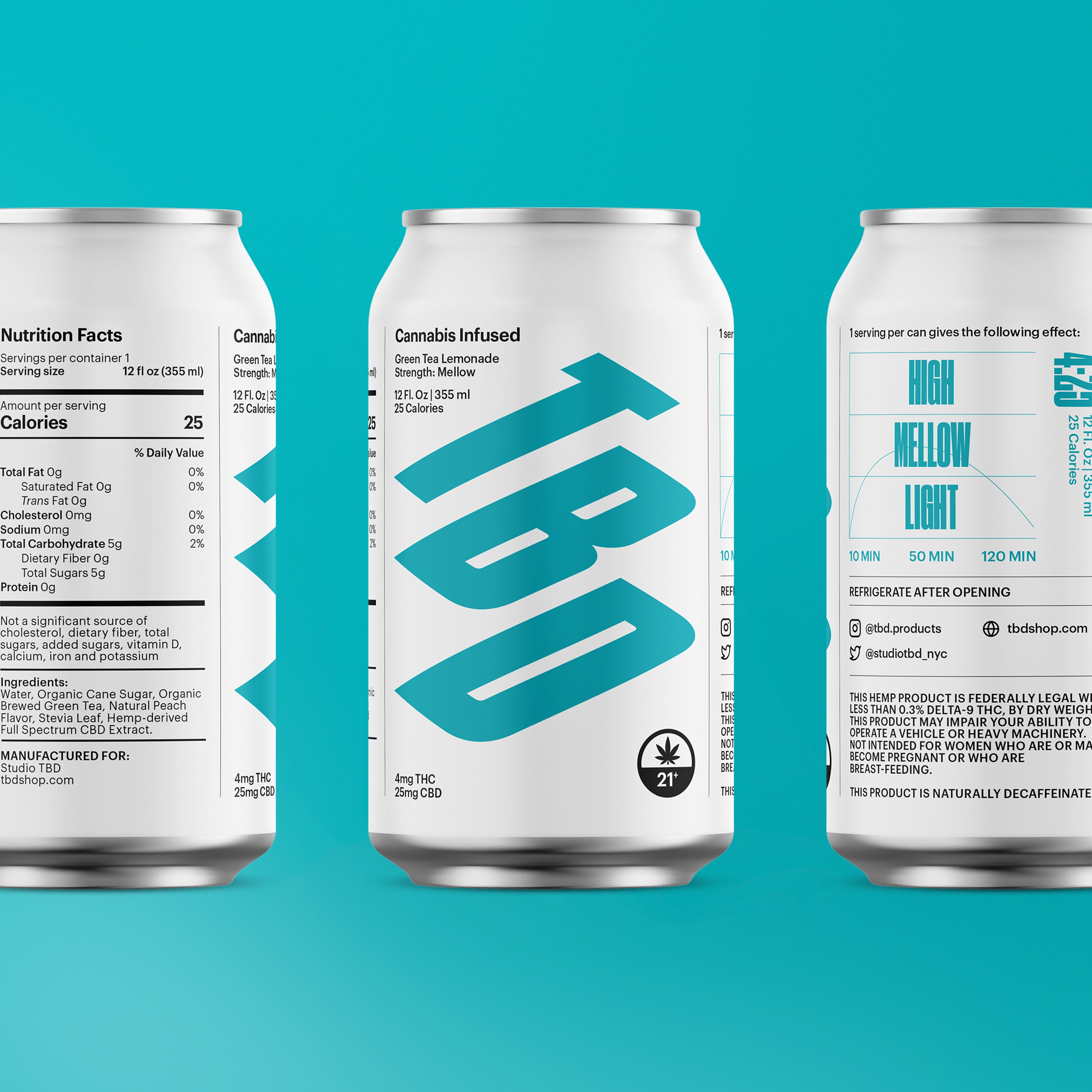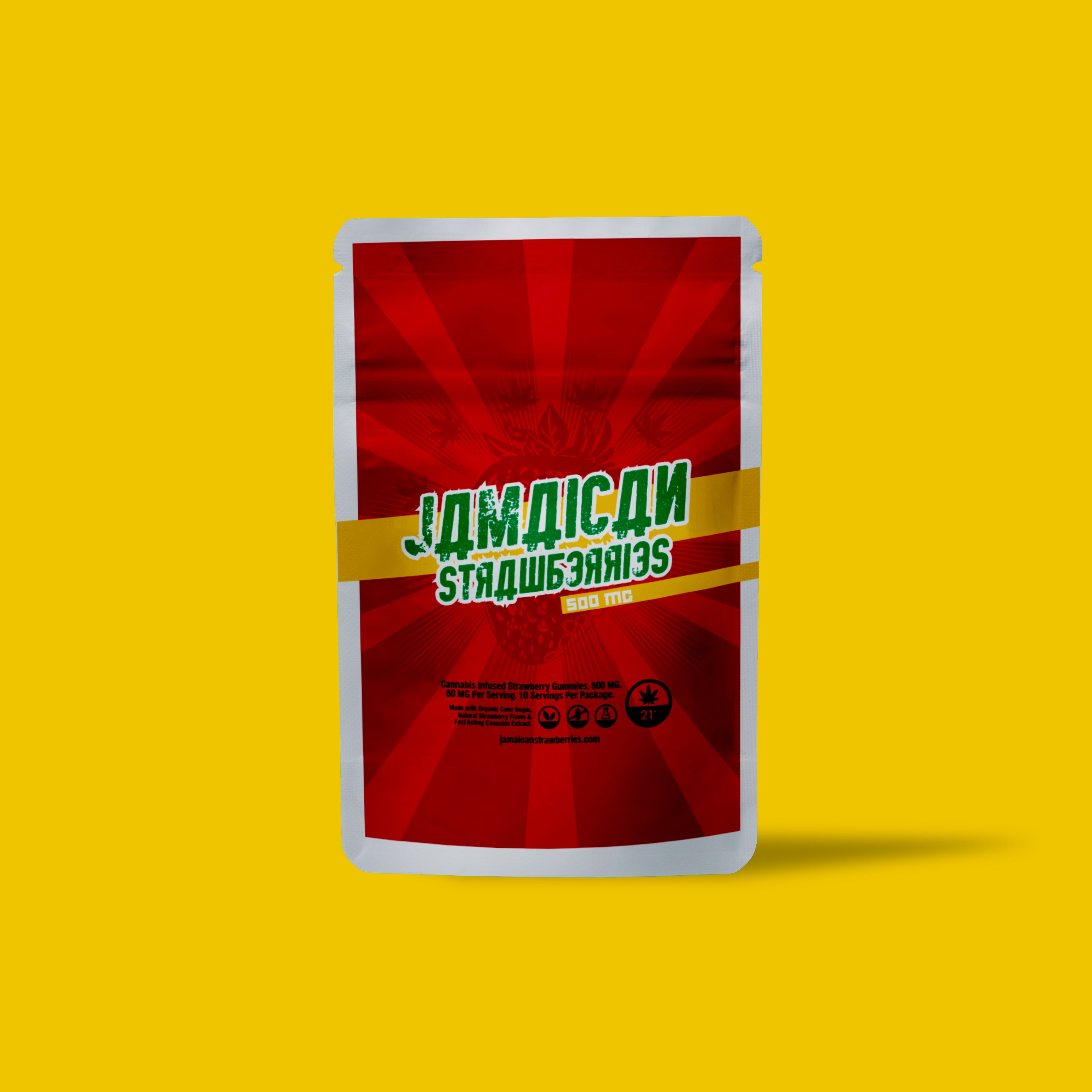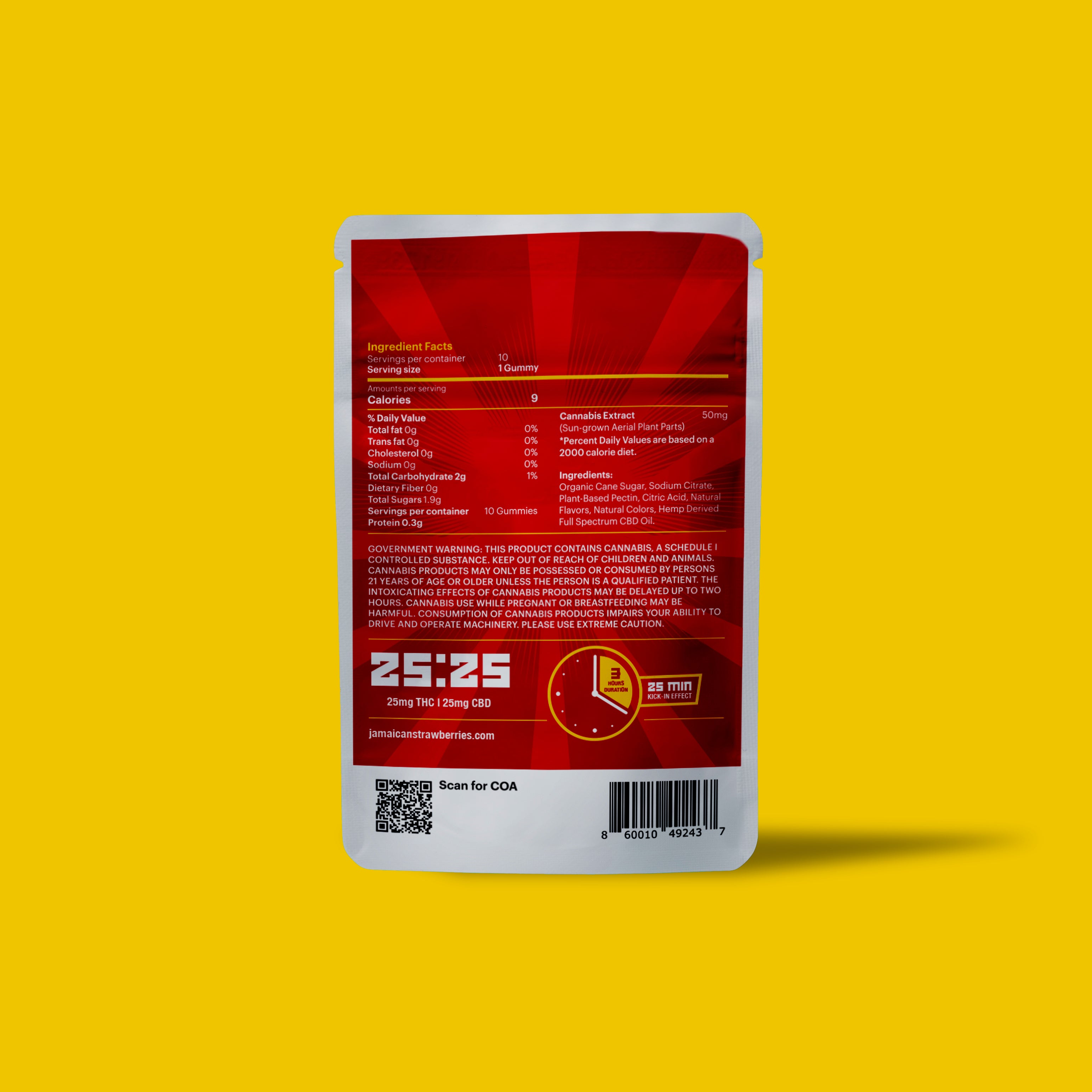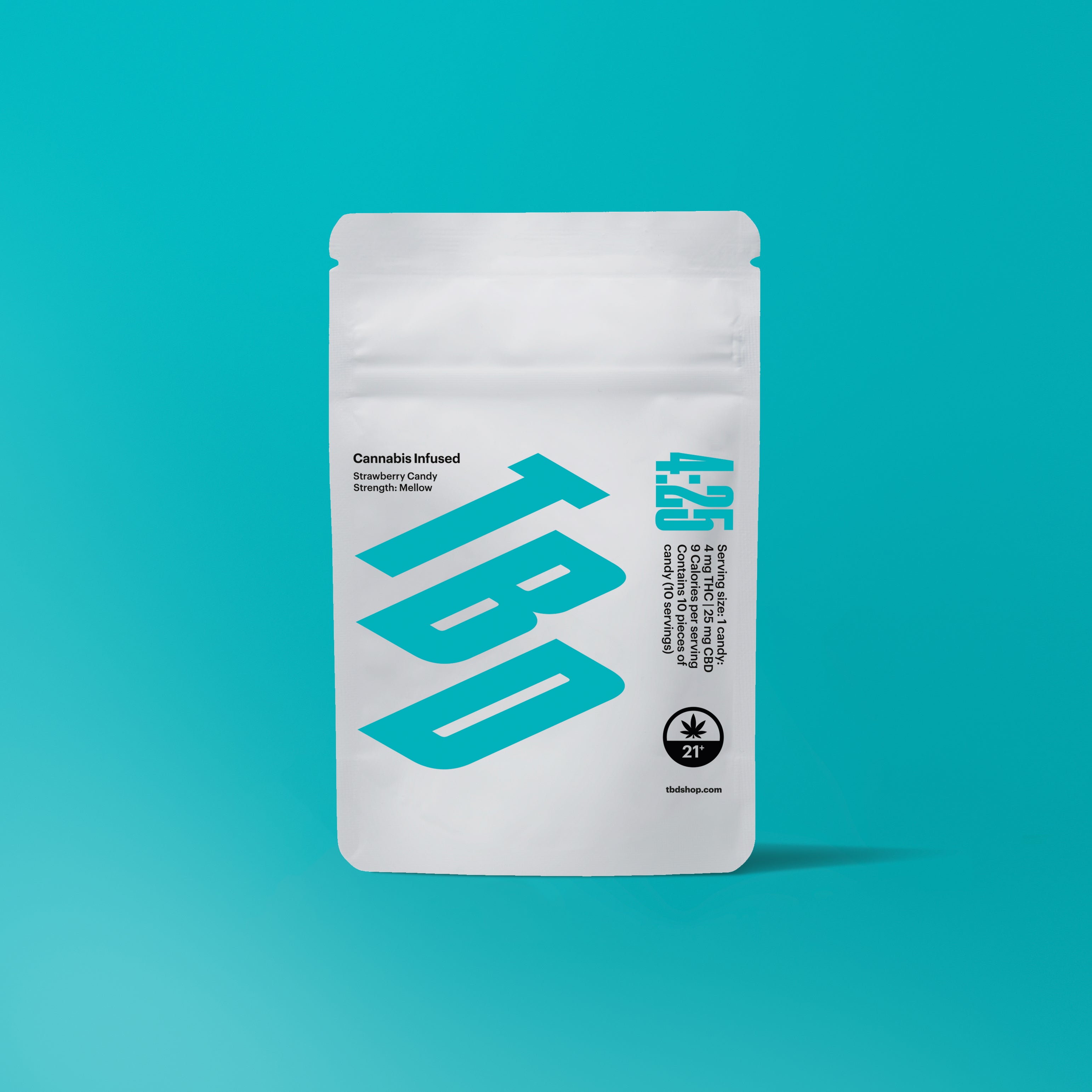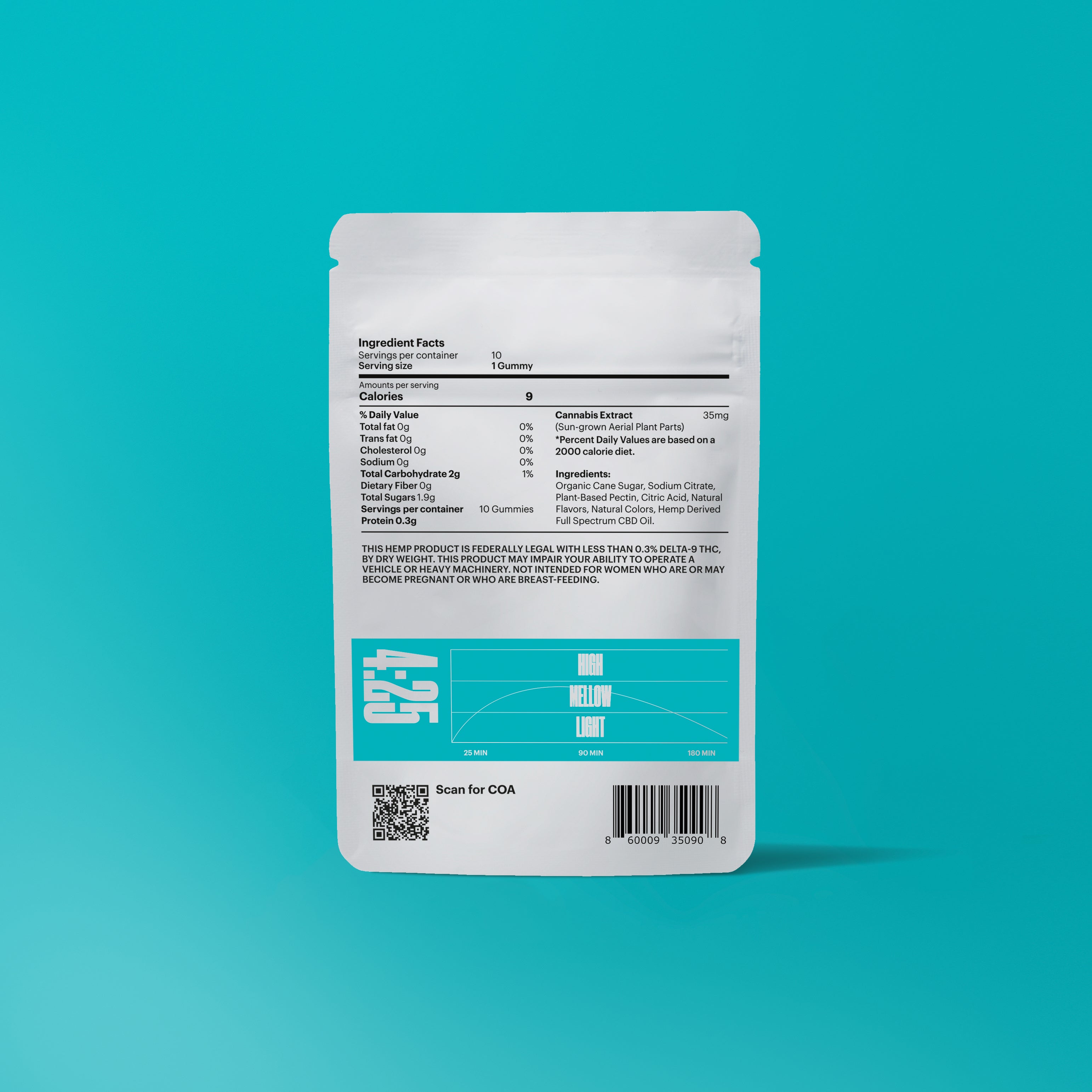How Cannabis Traveled from California’s Underground to the Heart of American Culture
A chronicle in 10 chapters—from borderlands and beat poets to boardrooms and billboards.

The Legend began at 4:20PM
It started in 1971, at San Rafael High School, north of San Francisco.
Five students—Steve Capper, Dave Reddix, Jeff Noel, Larry Schwartz, and Mark Gravich—met by the Louis Pasteur statue after practice. Every day at 4:20 p.m. That was the time. The location. The code.
They’d heard a rumor: an abandoned cannabis crop hidden near the Point Reyes Peninsula, planted by a Coast Guard serviceman who could no longer tend it. The story came from someone’s brother, or cousin, or friend. It changed every time they told it. But the idea was solid.

They called themselves The Waldos because that’s where they stood—by a wall. That was it.
They had a hand-drawn map. A borrowed car. And just enough information to make the search feel like a mission.
The hunt lasted a few weeks. Two months at most. Long enough to become a ritual. Short enough to become legend.
They never found the crop.
But they kept saying “420”—first as shorthand for the search. Then for the idea of it. The word stuck, even after the maps were folded away.
At first, it stayed in their circle. Friends started using it. Then classmates. It appeared on lockers, notebook corners, scrawled inside textbooks. It passed from hallway to hallway—not promoted, just repeated.
They didn’t try to spread it. But they didn’t stop it either.
Later, it would move further—carried by a connection to Phil Lesh, the Grateful Dead’s bassist. Reddix’s older brother managed Lesh’s real estate. Deadhead crew members picked it up, said it on tour, passed it on.
But before it went national, before the flyers and the magazines and the stickers, it was just five kids and a number that meant something only they understood.
They weren’t chasing a high.
They were chasing something hidden.
And the number outlived the search.

***
There were five of them. Maybe six. Depends how you count paranoia.
One had a map—drawn in blue ink on the back of a Geometry worksheet, folded eight times and already wrong. Another had a station wagon with three working windows and a glove compartment full of Now & Laters. The rest brought bad intel, off-brand snacks, and the kind of youthful conviction that usually ends in either handcuffs or enlightenment.
They called it “420 Louis,” and said it like a launch code. Said it like it meant something sacred. And maybe it did.
I found them loading into the car behind the gym—eyes wrecked, spirits humming, nerves twitching under tie-dye and thrift store denim. One of them lit a joint like a road flare and waved me in without breaking eye contact. Nobody asked questions. They just made room.
We pulled out of San Rafael at 4:22 p.m.—stoned, underfunded, and criminally optimistic. The sun was low. The shocks were dead. The mission: find the crop. Word was it had been planted by a dishonorably-discharged Coast Guard phantom who vanished into the woods or Mexico or both. Details were sketchy. Enthusiasm was not.
That was enough.
They passed the map back and forth like a sacred text smuggled out of a failed state. One swore he could smell it from ten miles away. Another insisted the trees “leaned different” near free weed. Nobody laughed. This wasn’t a stoner safari. This was a field operation in denim and adolescent dread.
Turn left at the fence. Pull over if the cows look hostile. Avoid rangers. Trust nothing that looks paved.
We drove. Tam Valley. Muir Woods. Ridgecrest Boulevard. Switchbacks that chewed brake lines and spat out clarity.
The car smelled like weed, sun-warmed vinyl, and ideological fervor.
Somewhere around the third false trail, I realized the awful truth: they didn’t care if they found it.
They weren’t chasing weed. They were chasing the edge of the map, hoping there was still one.
And they found it.
420 became the artifact. Then the artifact became merch.
What started as a whispered number now comes pre-rolled, shrink-wrapped, and marked “LIMITED EDITION” in neon green.
But none of that mattered yet.
Right then, it was just five kids in a dying car, chasing a ghost they couldn’t name.
And they probably didn’t know they’d already caught it.
***
“420” didn’t break out. It slipped out.

After the hunt ended, the Waldos kept using it. In hallways. At parties. It meant the time to meet. The time to light up. Later, it just meant weed.
Dave Reddix’s older brother, Patrick, worked with Phil Lesh, bassist for the Grateful Dead. Real estate. Quiet work. The kind that put him near the band and their crew.
That’s how it got in.
It started with the roadies.
They passed it along the same way they passed everything else—tapes, lighters, stories, smokes. They said “420” and everyone understood.
Then the number moved faster.
The Dead toured hard. San Francisco. Denver. St. Louis. Philadelphia. Boston. D.C. Every stop brought more heads, more vans, more conversations. “420” passed from crew to fan, from fan to friend.
No one wrote it down. They didn’t have to.
It wasn’t printed on shirts yet. It didn’t need to be.
You heard it, and you knew.
It wasn’t a secret. But it moved like one.
***
The Dead never ran on time. They ran on vibration—chemical, electrical, mythological. A feedback loop of pagan rhythm and industrial failure. Backstage wasn’t a location. It was a fluid state—a gear-strewn hallucination stacked with busted monitors, fruit trays growing hostile bacteria, and roadies with trenchfoot and unprovable war stories.
No hierarchy. No clipboard. Just Lizard on the monitors, Dan-O with the brown acid, and some cousin wearing the same crew laminate from ‘78, cracked and sweat-laminated to his chest. Nobody asked questions. Nobody wanted answers.
By the time I dropped in—Oakland? Boulder? Hell if I remember—I had a press badge I made at Kinko’s, two working pens, and a pack of Tums soaked in Wild Turkey. The show was already in motion. Time didn’t matter. Clocks had been outlawed.
Except for one.
4:20.
You could feel it coming—like a soft quake under bad scaffolding. The number drifted through the tour like mold in an old church—on guitar cases, setlists, hotel keys, etched into folding tables and the skin of road dogs who hadn’t paid rent in two decades.
No signs. No announcement. Just motion. Lighters like signal flares. Papers folded mid-conversation. Hands moving like prayer in a language nobody taught them.
I asked one crew guy—jeans like sandpaper, face like an amp fried in a thunderstorm—if this was the official break.
He looked at me sideways and said, “Smoke breaks are for gas stations. This is the fucking code.”
That was the system. Not weed. Not music. Code.
The whole operation ran on it.
This was a traveling religion duct-taped together with feedback and felony-level logistics.
Held together by resin and rumor.
I watched it jump city to city—Salt Lake, Santa Fe, Kansas City, Richmond.
Same number. Same ritual. Same strange gravity.
Knowing 420 was like knowing the songs.
Not the hits—the deep cuts. The 26-minute collapse of “Dark Star” from ‘73 when the amps blew and nobody blinked.
That kind of knowing.
It meant you weren’t just there.
You were wired into the current.
A node in the system. One of the wild-eyed priests holding the signal up through the smoke.
And the tour thundered forward—half holy movement, half collapsing Soviet supply chain. Nobody knew where they were sleeping. But they knew when load-in was.
You could hear the drums two hours before you saw the stage—deep, pagan, endless. Like thunder that had learned to tour.
The crew moved like insects. The gear smelled like mildew and ozone. The air tasted like tin and permanent midnight.
There was no plan.
Just the next town, the next stage, and the same note held forever.
***
It took time. Almost twenty years.

The Waldos never meant to start anything. They just kept using the number. So did their friends. So did the crew. Then the fans. Then the cities the band passed through.
By the late ‘70s, “420” was stitched into the fabric of the scene. You heard it on the road. At shows. In parking lots. No pamphlet. No instructions. Just repetition.
It was never shouted. It didn’t need to be. It moved hand to hand, cassette to cassette, blunt to blunt.
It passed through the Dead tour, through college towns, through the back pages of zines and the corners of record stores. By the time the ‘80s came around, “420” was part of the code. Not front and center—but always there.
Then came Oakland, 1990.
A group of Deadheads passed out flyers at a show.
“We are going to meet at 4:20 on 4/20 for 420-ing.”
One of those flyers ended up at High Times magazine.
In 1991, they printed it.
No fact-check. No citation. They didn’t need one. It sounded right. It felt true. It already belonged to the culture.
After that, it moved faster.
College campuses. Head shops. Skate shops. Record stores.
April 20 got circled. 4:20 p.m. became a fixed point. Smoke breaks became ritual.
“420” wasn’t just a time anymore.
It was a date. A signal. A story passed without names.
It had no owner.
But it belonged to everyone.
In the years that followed, April 20 became a day with gravity.
Protesters gathered at state capitols. Some carried signs. Some carried blunts. They asked for legalization, amnesty, reform, respect. Sometimes they got news coverage. Sometimes they got arrested.
Brands got involved. T-shirts. Rolling trays. Hats that said “I’m with 420.” Convenience store edibles wrapped in green foil. Vape pens on sale. Discount codes that expired at midnight.
College students skipped class. Concerts started late. Head shops held raffles. Gas stations stocked extra lighters.
Local news ran it as a joke. “Happy 420,” the anchor would say, smiling at the camera. Then a segment on potholes.
In 2019, a fast food chain offered a “Glazed & Blazed” donut sandwich—available only on April 20.
It sold out by noon.
The time was less sacred. The number was everywhere. The map wasn’t hidden anymore—it was printed on lanyards and socks.
The time was less sacred. The number was everywhere. The map wasn’t hidden anymore—it was printed on lanyards and socks.
But even then, even now, the signal still worked.
People still met at 4:20.
Today, dispensaries throw sales. Streaming platforms run weed marathons. Instagram fills up with smoke and punchlines. Brands post memes. Someone forgets why they came, but stays anyway.
It’s basically a holiday now.

